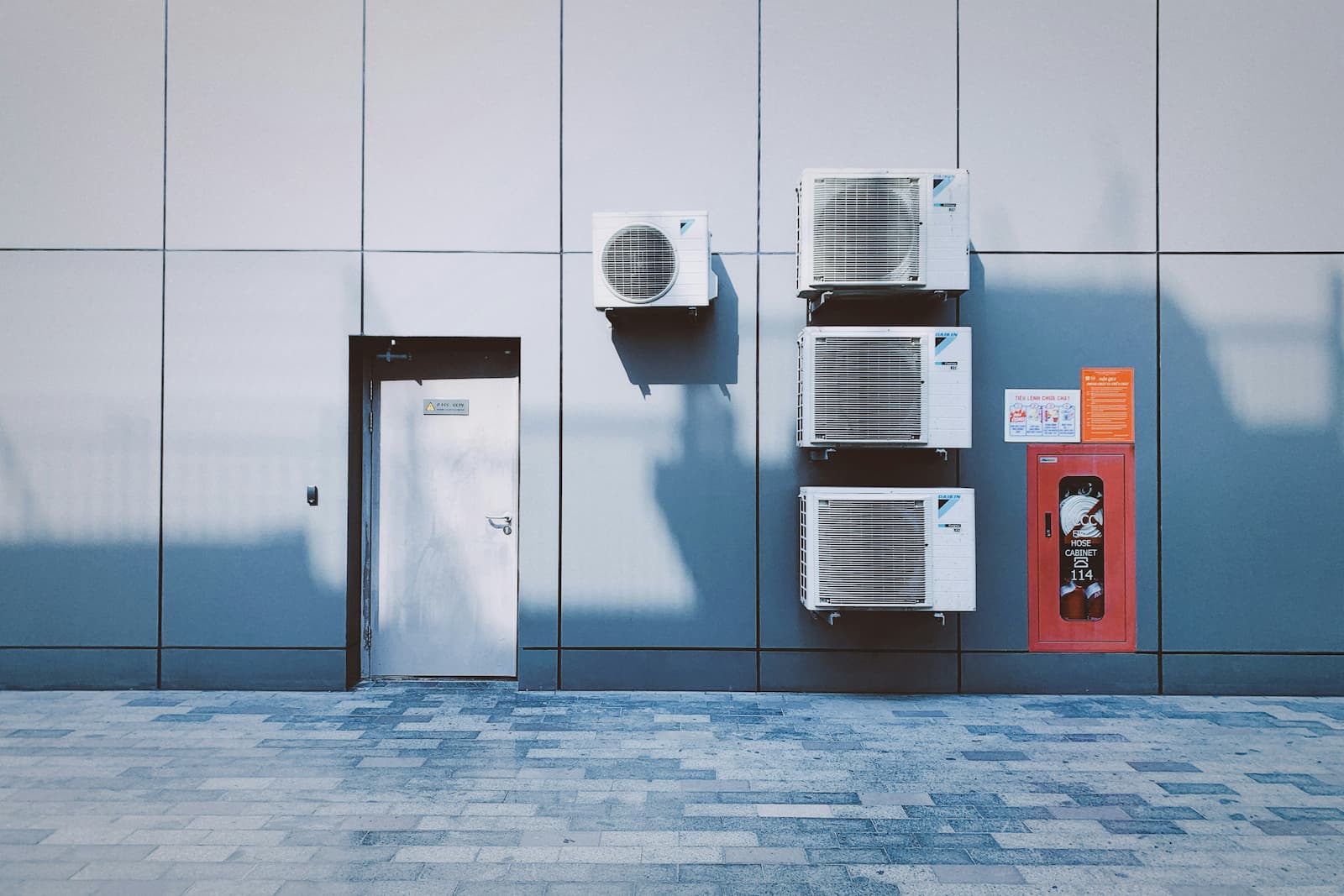Wednesday, 24/12/2025 | 17:33 GMT+7

The IEA believes that energy storage is key to the expansion of renewable energy. (Photo: iStock)
The IEA also outlined future development directions to assist governments in overcoming the barriers to energy transition.
The IEA believes that doubling energy efficiency can lead to the most effective carbon reduction, and countries should tailor their policies according to their economic development. For developed countries, electrification is key, especially the adoption of electric vehicles and heat pumps, as these electric devices are 2 to 5 times more energy-efficient than fossil fuels.
Emerging market countries should focus on enhancing the energy efficiency of new factories, buildings, and appliances. The IEA estimates that these countries will add 500 million air conditioners and 35 billion square meters of building space by the end of 2030. To meet climate goals, the energy consumption of heating and cooling systems in new buildings must be reduced by 50%.
Under current policy developments, the goal of doubling energy efficiency cannot be achieved by the end of 2030, and consumers' energy costs will be 8% higher than if the targets are met. Therefore, the IEA recommends encouraging public transportation and improving material efficiency to reduce carbon emissions from transport and industry.

The IEA report recommends that emerging market countries focus on enhancing the energy efficiency of new factories, buildings, and appliances. (Photo: unsplash)
The IEA report states that, based on current policies and technological trends, the goal of tripling renewable energy capacity cannot be achieved by the end of 2030. Countries must accelerate capacity expansion to ensure both economic and environmental benefits, making reliability and affordability essential, with grids and storage playing critical roles.
Regarding grids, 25 million kilometers of new or upgraded grid infrastructure will be needed by the end of 2030. However, the lengthy approval process for development projects, lack of investment in grid companies in developing countries, and aging grids in developed countries present significant challenges that could hinder the integration of renewable energy capacity.
In terms of storage systems, to support a substantial increase in renewable energy production, global storage capacity should reach 1,500 GW by the end of 2030, which includes 1,200 GW of battery storage systems—about 15 times the current capacity.
The IEA estimates that if grid and storage system development fall behind, coal-fired power generation will increase by nearly 40%, worsening renewable energy curtailment and consequently leading to higher carbon emissions and electricity prices.
The report concludes that if the COP28 goals for renewable energy and energy efficiency are fully implemented, global carbon emissions could be reduced by 10 billion tons by 2030, with electricity accounting for 30% of global energy consumption. This would lay the groundwork for countries to set a new round of ambitious Nationally Determined Contributions (NDCs).
Looking ahead to 2035, in addition to increases in renewable energy capacity, grid improvements, and energy efficiency, the IEA believes that global nuclear power capacity should increase by 1.8 times, and sustainable low-carbon fuel production should rise by 2.8 times, including carbon capture, utilization, and storage (CCUS), low-carbon hydrogen, and sustainable bioenergy.
According to Reccessary.com








 Webinar 2: “Financial Support for Energy Efficiency Enterprises – Opportunities and Challenges”
Webinar 2: “Financial Support for Energy Efficiency Enterprises – Opportunities and Challenges”
 Vietnamese enterprises achieve green growth and cut costs through energy efficiency
Vietnamese enterprises achieve green growth and cut costs through energy efficiency
 Capacity Building for Program Implementing Entity
Capacity Building for Program Implementing Entity
 Enhance Energy Efficiency Knowledge for Managers of Cement Industrial Enterprises
Enhance Energy Efficiency Knowledge for Managers of Cement Industrial Enterprises
 Promoting Energy Efficiency for Technical Staff of Brick and Ceramic Sector
Promoting Energy Efficiency for Technical Staff of Brick and Ceramic Sector
 Capacity building for participating financial institutions of the VSUEE Project
Capacity building for participating financial institutions of the VSUEE Project
 Capacity building for participating financial institutions in Ho Chi Minh City
Capacity building for participating financial institutions in Ho Chi Minh City